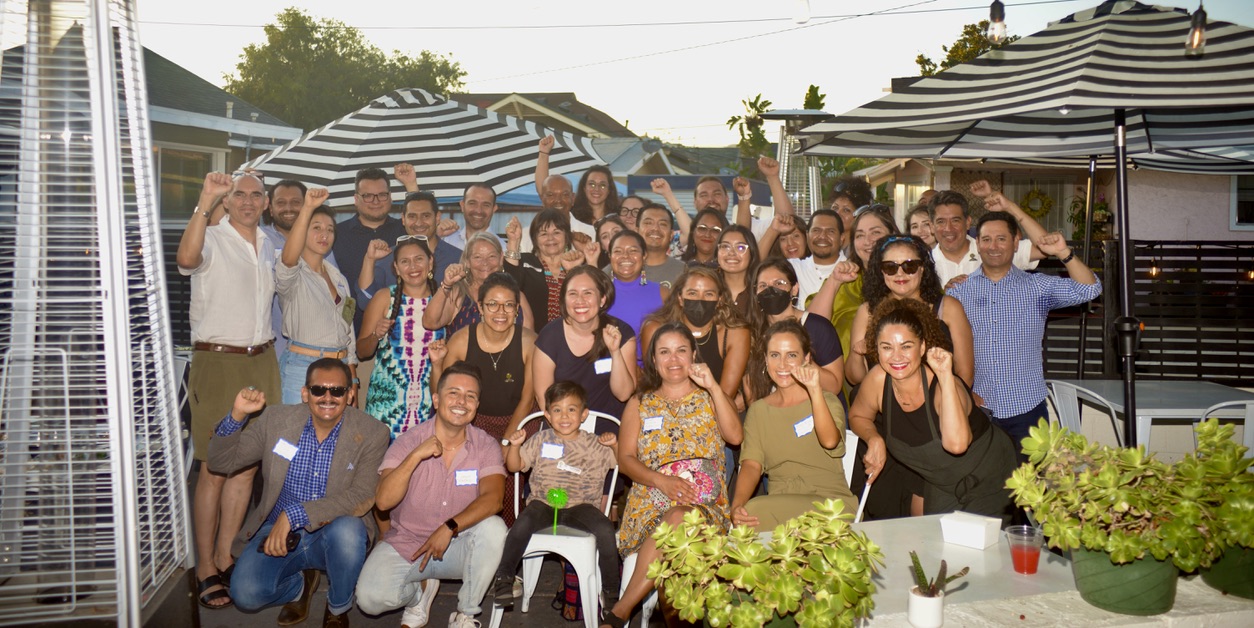Community Clean Mobility Programs Under ACC II
By reducing the greenhouse gas emissions and air pollutants created by fossil fuel-based vehicles, electric vehicles (EVs) can deliver health and environmental benefits to an entire community. However, not everyone uses a personal vehicle to get around, and of those who do, not everyone is in a position to purchase an EV. Community-based clean mobility programs that use EVs for local transportation can help bring the benefits of EVs to communities without relying on individual purchases, while simultaneously improving transportation and mobility options.
However, these programs serve only a tiny fraction of all the neighborhoods that might benefit from them. Moreover, the number of EVs that these programs provide are often not enough to meet the majority of mobility needs, even within the communities they serve. To help remedy these current constraints, the Advanced Clean Cars II (ACC II) rule—a set of statewide EV sales targets—contains provisions that will help to increase the number and size of clean mobility programs in states that have chosen to adopt the rule. So far, ACC II has been adopted by California, Colorado, Maryland, Massachusetts, New York, Oregon, Vermont, Virginia, and Washington.
To help these states create effective community clean mobility programs under ACC II, NRDC and GreenLatinos have identified best practices from existing programs that can help future programs provide the best services possible.
Additionally, NRDC and GreenLatinos have provided specific advice for how New Jersey—which has started the process of adopting ACC II—can maximize the benefits of the rule for environmental justice communities.
DOWNLOADS
Making EVs Accessible to All through ACC II - Fact Sheet (PDF)
Bring ACCII Benefits to New Jersey Communities - Fact Sheet (PDF)




